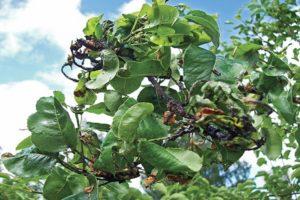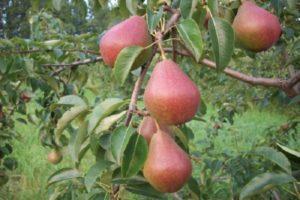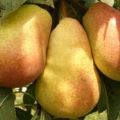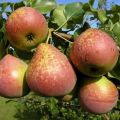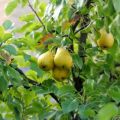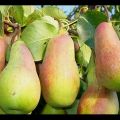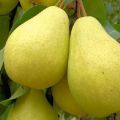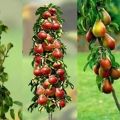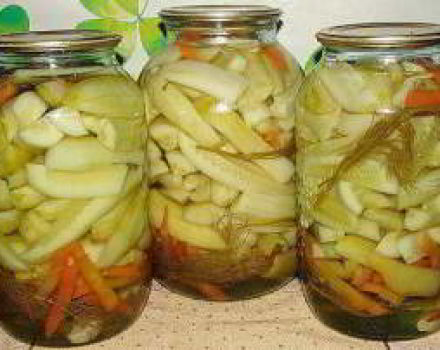Description and characteristics of Bere pear varieties, planting and care technology
The pear of the Bere group has many varieties that share the unusual taste of the fruit that melts in the mouth. Many breeders from different countries worked on the creation of varieties. Plants are capricious in care and cultivation, but the resulting harvest of delicious fruits is worth the effort. From year to year, gardeners continue to plant them on their plots, thanks to which the popularity of Bere has not diminished for many years.
Description and characteristics of pear
Pear Bere has been known for over 150 years. Most of the varieties of the variety are obtained in France and are rightfully considered classics, spreading throughout the world. Trees of this group are distinguished by high growth, high-pyramidal asymmetric crown. Bere's branches are thick, gray in color. Plants are not afraid of recurrent spring frosts, since they bloom late.
Varieties
The Bere group includes summer, winter and autumn varieties of pears, which have some similarities in taste, but differ in the characteristics of cultivation, storage and use of the harvested crop.
Giffard
It is considered one of the oldest species of the Bere family. The variety was bred in 1810. A tree of small height, undemanding to the composition of the soil. With age, pear growth slows down, but winter hardiness increases. It is scab resistant, but prone to fruit rot. It is used by breeders to obtain modern hybrids and varieties.
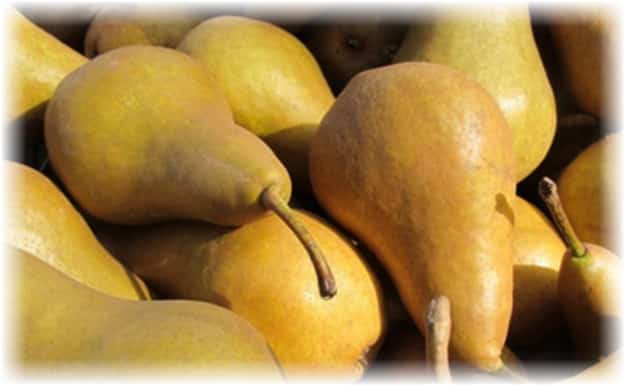
Clergeau
The variety is named after its French originator. Fruiting occurs 4 years after planting the seedling. Good frost resistance. The fruits are prone to shedding, therefore it is important not to overexpose the crop on the branches. Ripe pears retain their qualities for about 1 month and are suitable for transportation. Scab resistance is high, it is affected by the moth.
Russian
This Bere variety was bred by the employees of the Rossoshansk fruit and berry station. The pear exhibits increased frost resistance, has a stable and high yield. The skin on the fruit is dense, which ensures the suitability for transportation and long-term storage. Excellent taste. Disease resistance is high.
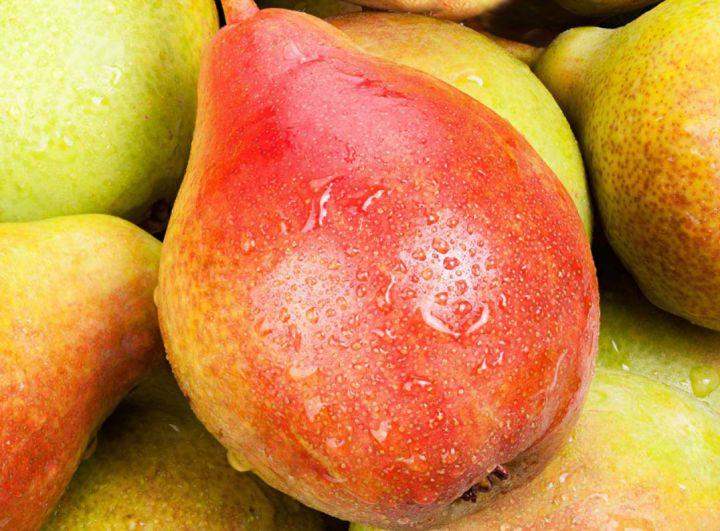
Kievskaya
The variety was bred in Ukraine, fruiting occurs 4 years after planting the seedling. Pear yield increases with age. The tree is frost-resistant and drought-resistant, showing high resistance to the main types of diseases.The harvest retains its qualities for up to 3 months.
Winter Michurina
Self-fertile pear obtained in Russia. Average winter hardiness, low scab resistance. The tree begins to bear fruit 6-7 years after planting the seedling. The crop can be consumed both fresh and used for all types of processing.
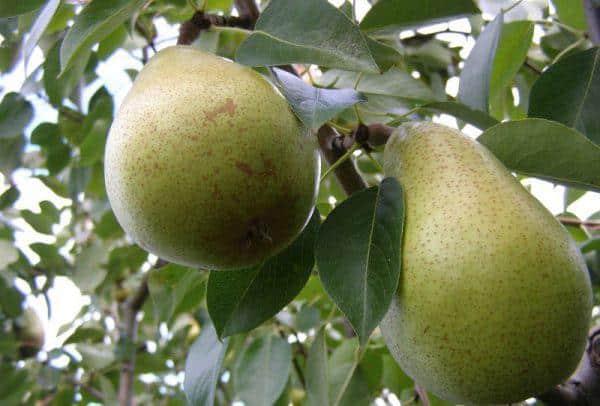
Ardanpon
The winter pear of this variety was obtained in Belgium and got its name in honor of the originator. It is the latest and most capricious species. Differs in very high frost resistance, productivity and long shelf life of fruits. Yield indicators differ depending on the growing region. Pears retain their qualities when stored for 4 months.
Luke
The tree of this variety develops and grows rapidly, begins to bear fruit 5 years after planting. Differs in increased resistance to diseases, minimum requirements for growing conditions and care. Fruiting is regular, abundant. The pear exhibits increased resistance to scab, the crop does not fall off the tree for a long time, after harvesting it retains its qualities for 3 months, it perfectly tolerates transportation over long distances. Used for growing on an industrial scale.

Piano
A distinctive feature of this variety is considered to be large fruits that can maintain their qualities until the end of March. The tree has a weak frost resistance, therefore it is suitable for growing only in warm climates. Scab resistance is low. The taste of pears is excellent.
Bosc
The variety has been cultivated for 3 centuries, and was bred by French breeders. The tree is tall, the shape of the crown is pyramidal. The fruits are large, in the shape of a bottle, covered with a yellow skin. The pear tastes like almonds.
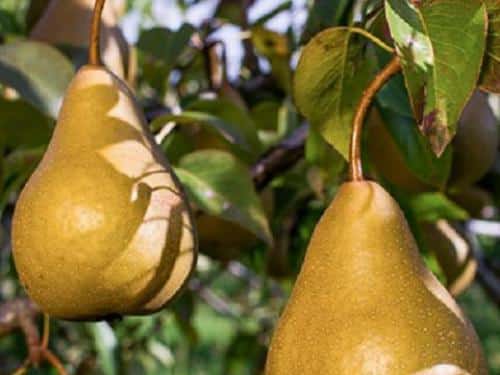
Williams
The summer pear is actively growing and developing up to 10-12 years, after which these processes are slowed down. The tree is medium-sized with an asymmetrical crown. Fruiting is abundant, the weight of one fruit is about 170 g. The skin is thin, beautiful, glossy. The fruits have a strong classic aroma.
Growing features
Pears of the Bere family have some peculiarities in growing and planting, which must be taken into account by gardeners.
Timing
Planting dates for Bere pears are in April. During this period, the buds have not yet swollen, and the tree is rooting well. You can plan work for October, when the time of leaf fall has passed. The tree does not tolerate a transplant, therefore, it is necessary to choose a place for it accurately and without errors.
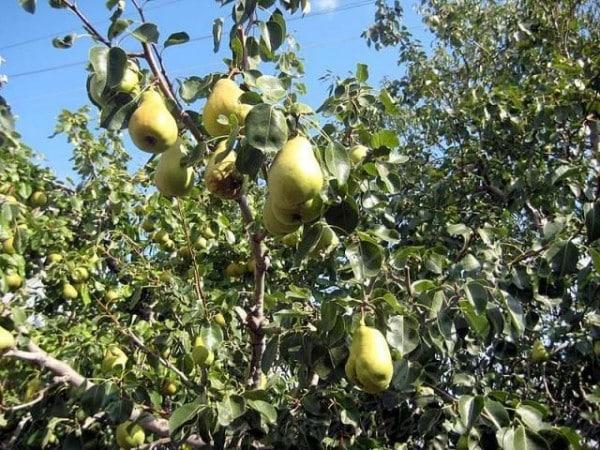
Technology and agricultural engineering
Bere should be planted in a well-lit area, protected from wind and drafts. The soil is preferably chosen with a neutral acidity level. Pears do not like areas with a close location of the groundwater level or wetlands. In a damp place, provide good drainage or make a small mound.
The root system is deepened to an average depth so that it does not become exposed when the soil is caged.
What is better to grow from
For planting, it is preferable to use annual seedlings Bere. Older trees do not tolerate transplanting well and root poorly. In no case should you buy and plant plants with a bare and dried root system.
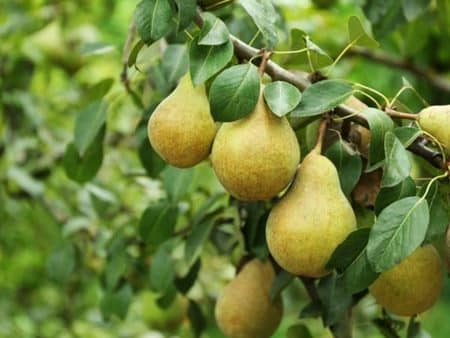
Distances between trees
A gap of 3-4 meters is left between adjacent trees. In the row spacing, the distance should be slightly larger, about 4-5 meters.
Plant care rules
Proper care is not only the key to a good harvest, but also helps keep the tree healthy.
Watering
Watering pears of the Bere variety is carried out from a hose into the periosteal circle. In one season, 4-5 irrigations are carried out, as a result of which up to 30 liters of water are poured into one square meter of area.

Fertilizer
The pear should be fed depending on the rate of its growth and development. In young plants, shoots give 40 cm of growth per year, and in adults - 2 times less. If these indicators turn out to be less, then fertilization is necessary. The first feeding is carried out 2 years after planting the seedling.
At the same time, Bere needs minerals every year, but organic matter is recommended to be applied to the site once every 3 years.
Wintering
Most varieties of Bere pears are not distinguished by increased frost resistance, therefore they must be carefully prepared for winter. The trunk is insulated with paper or straw. Such measures are considered sufficient to protect against frost and gusts of cold wind.

Rejuvenation
After the pear reaches 15 years of age, rejuvenation is required. Initially, shoots that are at an acute angle to the trunk are removed, and then they proceed to thinning those that are parallel to it. Anti-aging pruning is not performed unnecessarily. If it is necessary to rejuvenate the tree, then the work is stretched for 2-3 years, so that injuries are more easily tolerated.
Diseases and pests
Pear Bere is highly resistant to common diseases and pests, but preventive treatments will not be superfluous. For these purposes, fungicides are used, as well as folk remedies in the form of herbal decoctions.
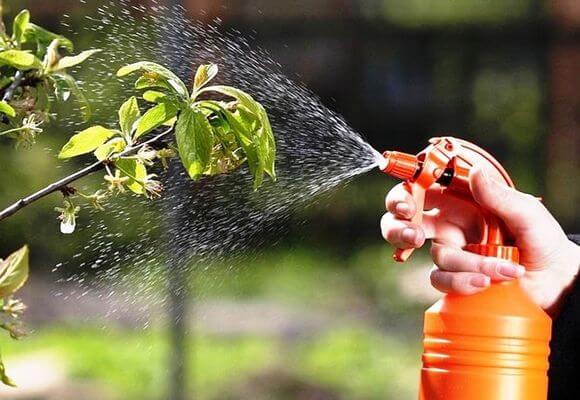
What regions is the variety more adapted to?
It is known that most of the Bere varieties were bred and zoned far abroad, in particular in France. However, some varieties have adapted to the climatic conditions of Russia, namely such regions:
- Krasnodar region;
- Foothills;
- North Ossetia;
- Dagestan;
- Chechen Republic;
- Stavropol;
- Crimea;
- Ingush Republic, etc.
Bere pears are also grown in neighboring countries with suitable climatic conditions.
